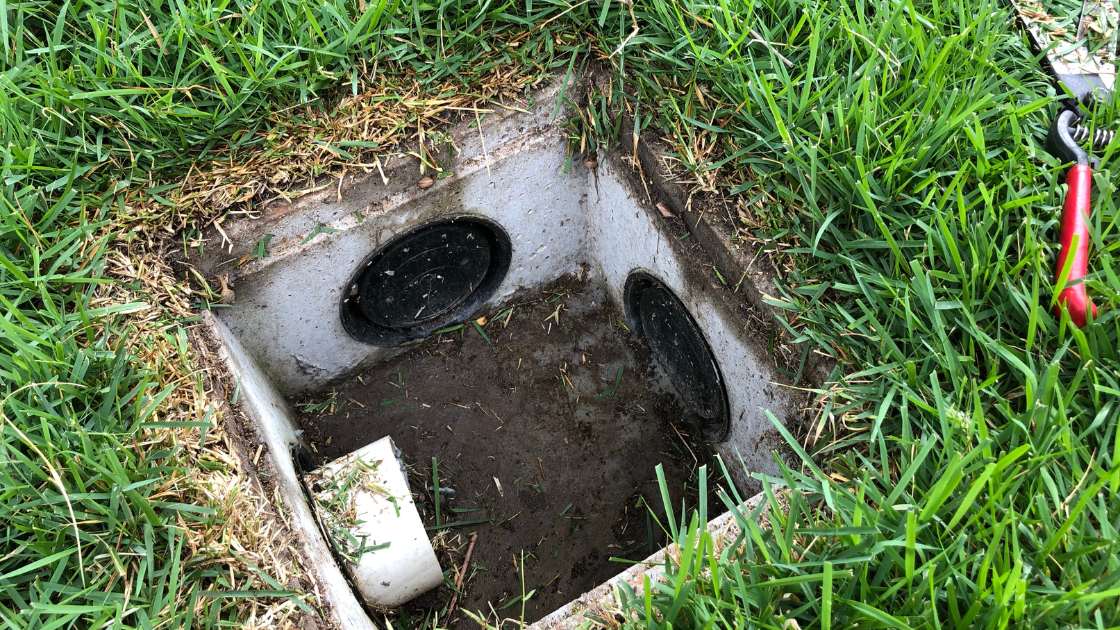The Ultimate Guide To Vertical French Drain

Vertical French drains are a type of drainage system that is used to prevent water from pooling or collecting in certain areas of a property. They are typically installed in yards, gardens, or areas with poor soil drainage to redirect excess water away from the property.
Unlike traditional French drains, which are installed horizontally along the ground, vertical French drains are installed vertically into the ground. This allows them to be used in areas where horizontal installation is not possible or practical, such as along foundations or retaining walls.
How a vertical French drain works
These drains are made up of a series of pipes that are buried in the ground and surrounded by gravel or other drain rock. These pipes are perforated, allowing water to seep through the walls and into the drain rock. The water is then carried away from the property through the pipes, which are usually connected to a sump pump or a natural outlet such as a stream or ditch.
Advantages
The benefit of vertical French drains is that they can be installed in a variety of soil types and conditions. They can also be used to drain water from both above and below the ground, making them a versatile solution for a wide range of drainage issues.
Installation process
Vertical French drains are typically installed by professionals, as they require specialized equipment and knowledge of proper installation techniques. However, if you are handy and have experience with plumbing or landscaping, you may be able to install one by yourself.
To install it, you will need a series of perforated pipes, drain rock, and a sump pump or other outlet for the water to flow into. You will also need a shovel, a posthole digger, and other tools to dig the trenches and holes for the pipes.
- To begin, mark the area where you want to install the drain and dig a series of trenches or holes for the pipes. Make sure that the trenches or holes are deep enough to fully enclose the pipes, and that the pipes are angled slightly downward to allow for proper drainage.
- Next, fill the trenches or holes with drain rock, making sure to completely surround the pipes. Cover the drain rock with a layer of soil or grass to conceal the drain and blend it in with the surrounding landscape.
- Finally, connect the pipes to the sump pump or other outlet, and test the drain to make sure that it is functioning properly. If you are using a sump pump, be sure to check that it is in good working order and that it is properly maintained to ensure that it can handle the volume of water being drained.
Conclusion
Vertical French drains are an effective and efficient way to prevent water from collecting in certain areas of your property. By redirecting excess water away from your property, they can help protect your home and yard from damage caused by standing water. If you are experiencing drainage issues on your property, consider installing a vertical French drain to help solve the problem.
